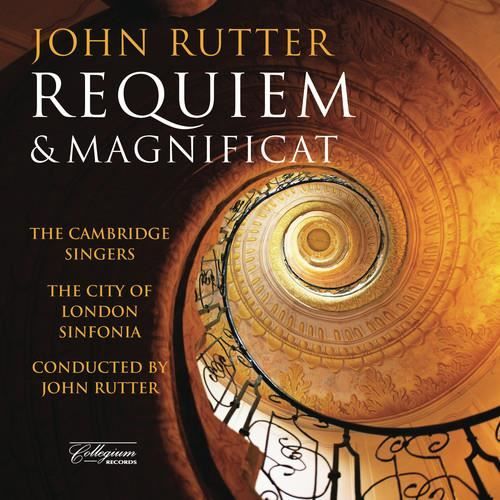

Undeterred, and with fundraising support from the Toronto musical community, the group purchased new instruments and pressed on to record the album. However, after weeks of recording, a fire destroyed the studio, the group’s instruments - including Mills-Cockell’s Moog Mark II - and the master tapes of the recordings for their new album. Riding the wave of notice and critical approval that arose from their first album, Syrinx returned to the studio in late 1970 to record a second album. Stringspace was performed live by Syrinx and the TRO, conducted by Milton Barnes, and broadcast on the Canadian Broadcasting Corporation’s program Music to See in 1971. Stringspace is a 26-minute composition in four movements: December Angel, Syren, Ibisitx, and Field Hymn (Epilogue). The first album also resulted in a 1971 commission, from the respected Toronto Repertory Orchestra, of Stringspace, which Mills-Cockell composed for Syrinx, the TRO, and additional percussion. This commission resulted in Mills-Cockell composing Tillicum, which was later released as a single and was included on Syrinx’s second album.
JOHN MAILS MUSIQUE SERIES
In addition, the first release attracted the attention of executives from CTV, which commissioned a theme song for its forward-looking television series Here Come the Seventies. Syrinx opened for jazz legend Miles Davis on his Bitches Brew tour, and played bills with Ravi Shankar. The album garnered an enthusiastic response from critics, and in its wake, the group found itself newly in demand from a variety of quarters.

Syrinx released its first (eponymous) album in 1970. After a time, Canadian music executive and talent manager Bernie Finkelstein signed the trio to his newly created True North Records. Syrinx played the Toronto coffee-house circuit. His next major visible milestone came in 1970, when, together with percussionist Alan Wells and saxophonist Doug Pringle, Mills-Cockell formed Syrinx, a progressive music trio whose body of work incorporated elements of electronica, classical and world music, and psychedelic rock. The album is set to release on April 31st of the same year.Īfter the dissolution of Intersystems in 1968, Mills-Cockell continued to compose, working with a number of other established musicians, including Anne Murray, Bruce Cockburn, and Murray McLauchlan. The band made a surprise comeback in March of 2021, with the announcement of their 4th album, titled #4. In late 2015, all three Intersystems albums were remastered and reissued, together with a 132-page bound booklet containing photos, essays, and reproductions of vintage press coverage, on Italian label Alga Marghen, to widespread acclaim. These original releases have become collector's items and are exceedingly difficult to find.
JOHN MAILS MUSIQUE FREE
Intersystems released three LP recordings: Number One Intersystems (1967), Peachy (1968), and Free Psychedelic Poster Inside (1968). Intersystems performed extensively in Canada and the US, including in Toronto, Montreal, Vancouver, New York City, Pittsburgh, and, at the invitation of Buckminster Fuller, Southern Illinois University in Carbondale, Illinois. Intersystems’ multimedia presentations were a classification-defying juxtaposition of Mills-Cockell’s music, Hayden’s light shows, Parker’s spoken-word poetry readings, with Zander’s engineering skills underlying the construction of the presentations. In Toronto in the fall of 1967, Mills-Cockell joined forces with light sculptor Michael Hayden, poet Blake Parker, and architect Dik Zander to form Intersystems, an arts collective and multimedia performance group. He undertook graduate studies under Gustav Ciamaga at the University of Toronto’s Electronic Music Studio in 19. Samuel Dolin, at the Royal Conservatory of Music in Toronto from 1964 to 1968, where he also taught electronic music. He studied piano under John Coveart, and composition under Dr. Mills-Cockell studied music at the University of Toronto from 1963 to 1967. At the age of fifteen, he heard his first piece of electronic music and found himself "hooked." Formal musical education Mills-Cockell was introduced to music at the age of 5, when his father, a devoted amateur musician and choir singer, encouraged him to join a church choir. Eventually, Mills-Cockell’s father remarried and the family was reunited. His father, whose work often required him to spend extended time overseas, found it necessary to place Mills-Cockell in an orphanage for a time shortly thereafter.

His mother passed away when he was six months old. Mills-Cockell was born in Toronto, Ontario.


 0 kommentar(er)
0 kommentar(er)
